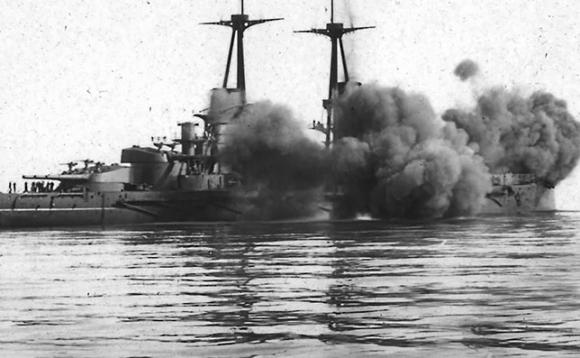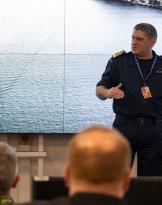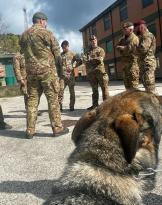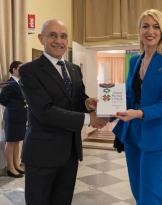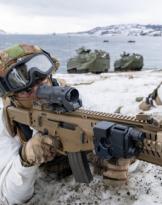Today we publish the second of the three historical documentaries on the Regia Marina and the Great War, presented last January 11 and broadcast by RTV San Marino, concerning the role and contribution of the city of Brindisi in the First World War.
Brindisi, the sentinel, in the Great War represents the soul of the Navy: that is, the exercise of maritime power which translates into a simple but fundamental assumption: sailing, sailing and still sailing day and night, in any weather condition. , to prohibit enemy naval traffic and protect your own.
This meant an enormous war effort for the Navy that could be summarized in a simple but significant number: 86.000, that is the number of missions carried out by the Navy during the first world war in war, control and patrolling activities.
It is certainly no coincidence that the Great War ended following the economic collapse of Germany and Austria-Hungary, after 4 years of naval blockade by the Italians in the Adriatic and more extensively in the Mediterranean, and by the British in the North Sea. An inevitable fate, that of the Central Empires, given that, yesterday and today, over 80 percent of the world's merchant traffic, essential for the functioning of modern economies, develops on the sea. How the ban on Habsburg maritime traffic in the Adriatic took place is easy to say: through the mobile device known as the Barrage of the Channel of Otranto.
Brindisi then meant the defense and protection of the front line in Albania, the one that protected Valona, one of the two pillars, along with Brindisi, of the Barrage of the Channel of Otranto. Finally, the extraordinary operation known as the rescue of the Serbian army operated by the Italians, with the help of the French and the English, departed from Brindisi during the winter between 1915 and 1916 and which proved decisive, from a strategic point of view, during the allied counterattack in Thessaloniki in March 1918, when the 146.000 rescued Serb soldiers made up a quarter of the allied forces engaged in the operation.

